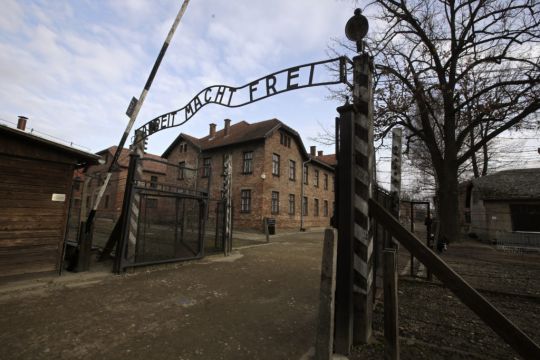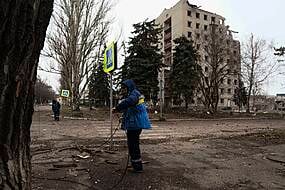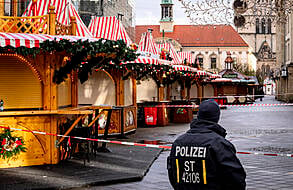Police and prosecutors in Poland are investigating graffiti in English and German that appeared on multiple buildings at the Auschwitz-Birkenau Museum, the site of the former Nazi German death camp.
A museum guard found the graffiti sprayed on nine wooden barracks in an area where there is no CCTV monitoring, museum authorities said.
Police said they were seeking the person or people responsible for vandalising a historic object, a crime that carries a prison sentence of up to eight years.
Court experts would determine if the content of the graffiti was anti-Semitic, according to Malgorzata Jurecka, a police spokesperson in the town of Oswiecim.

If they decided it was, the perpetrators could also face hate crime charges punishable by three years in prison.
Museum officials characterised some of the graffiti as anti-Semitic and echoing phrases used by Holocaust deniers. They have appealed to witnesses for help in the investigation.
Officials from the museum and Israel’s Yad Vashem Holocaust memorial condemned the vandalism as an affront to the memory of the 1.1 million people who are believed to have died at Auschwitz-Birkenau, which Nazi Germans operated in occupied Poland between 1940 and 1945.
“This incident, at such a major and significant site of the atrocities of the Holocaust, constitutes an attack not only on the memory of the victims, but also on the survivors and any person with a conscience,” Yad Vashem chairman Dani Dayan said in a statement.

“It is also yet another painful reminder that more must be done to raise awareness about the Holocaust and to educate the public and the younger generation regarding the dangers of anti-Semitism and Holocaust denial and distortion,” Mr Dayan said.
Some 1.1 million people, mostly European Jews but also Poles, Roma, Soviet prisoners of war and others died in the gas chambers or from hunger, disease and forced labour at Auschwitz-Birkenau.
The site was turned into a museum and memorial not long after the Second World War ended. In 2019, before the coronavirus pandemic, it had more than two million visitors.







